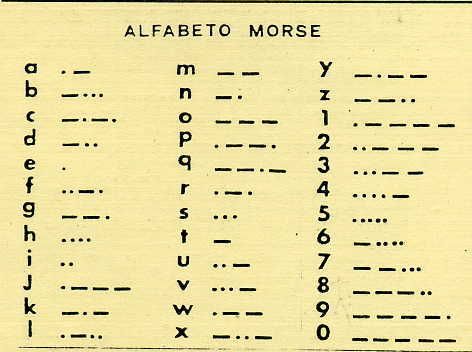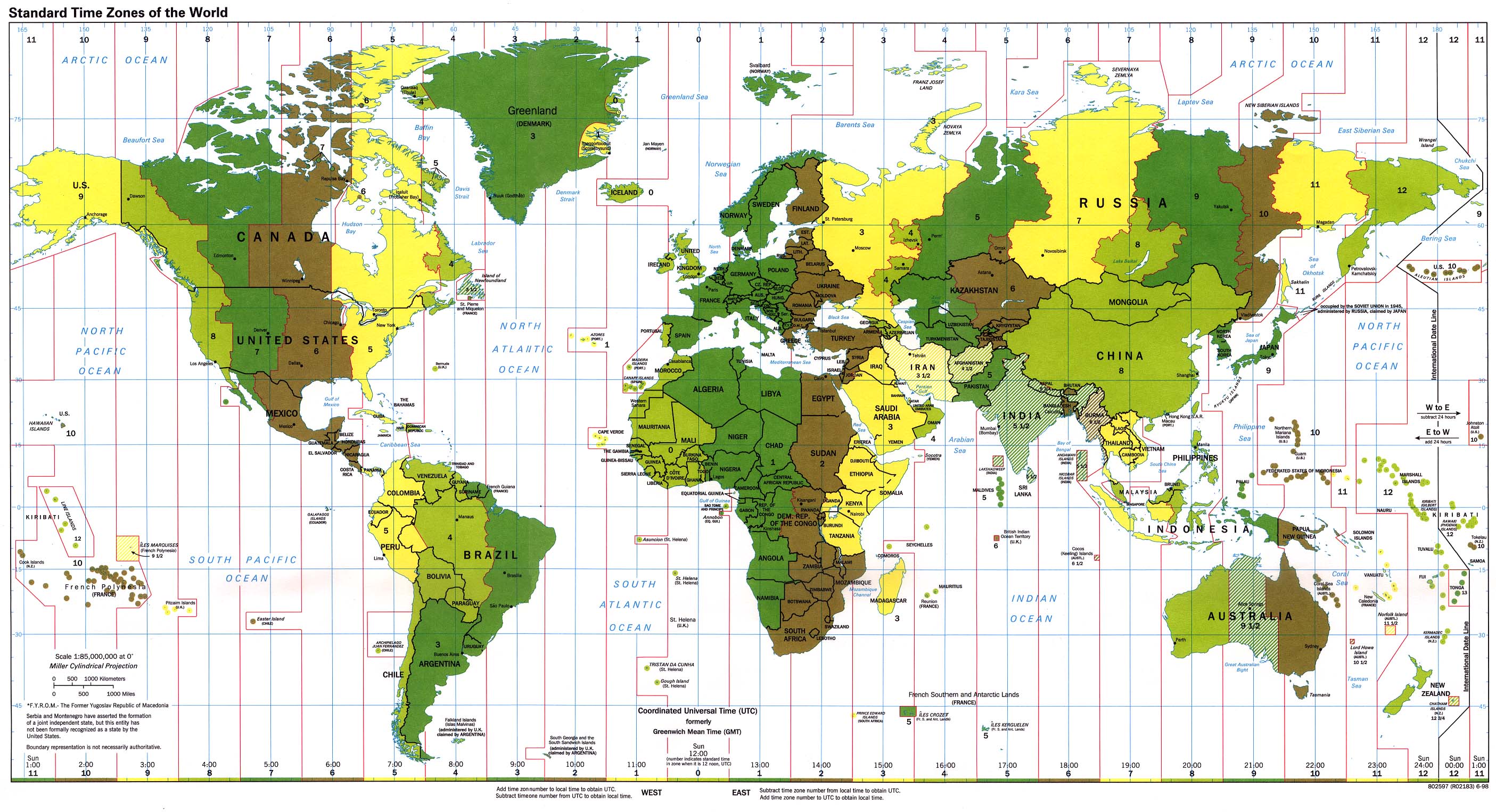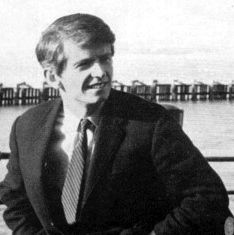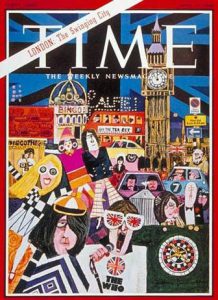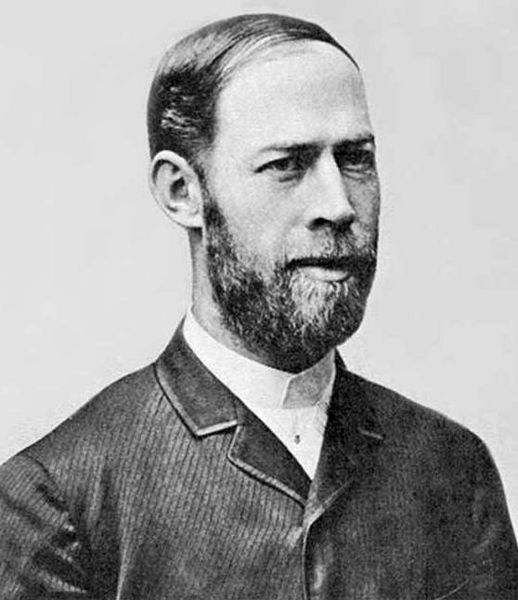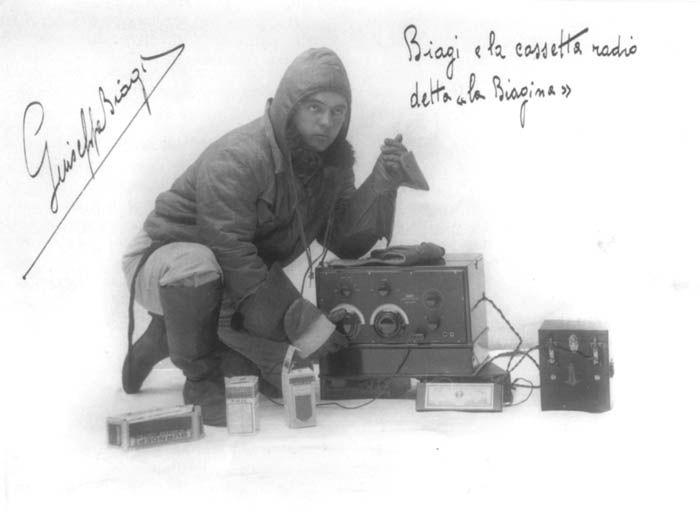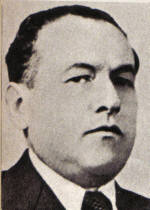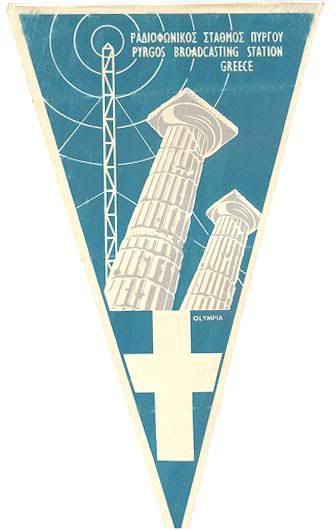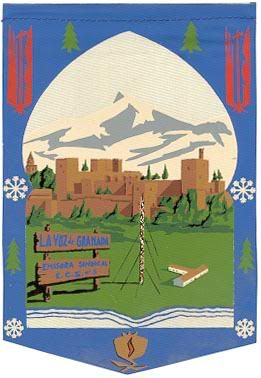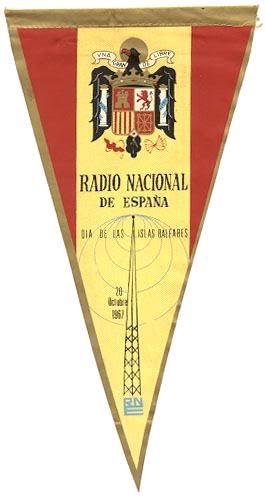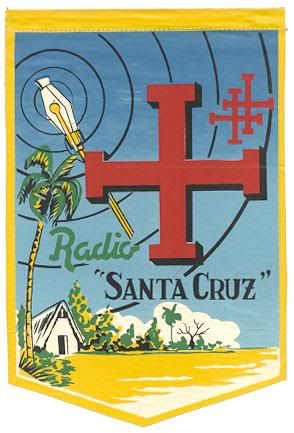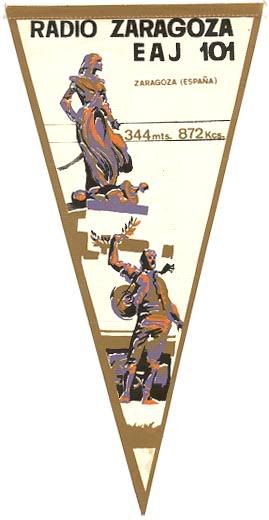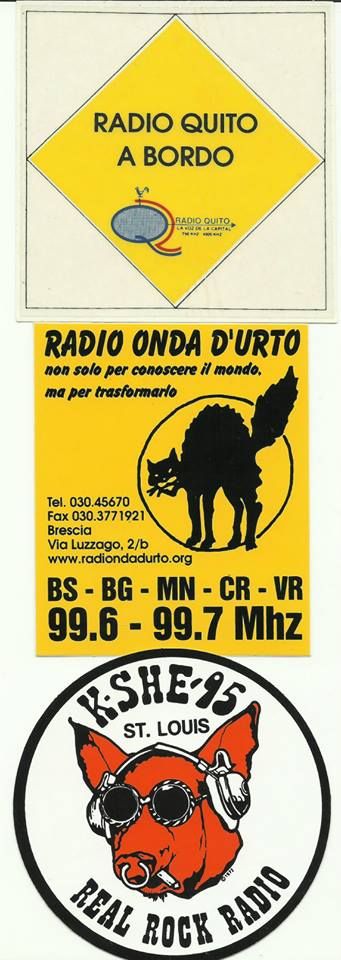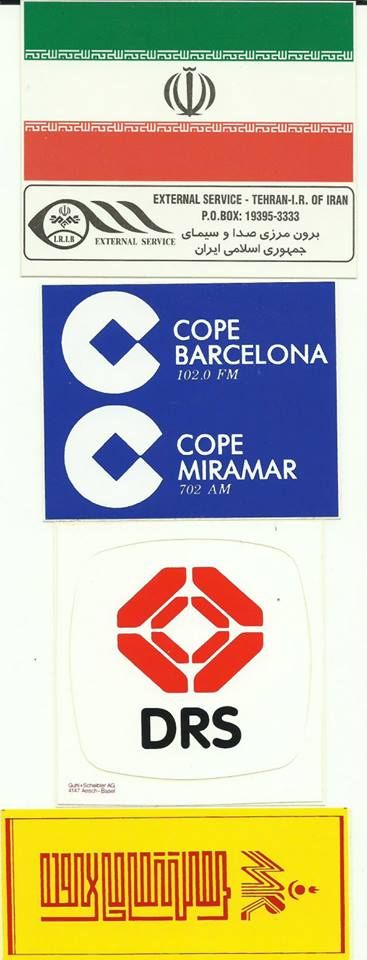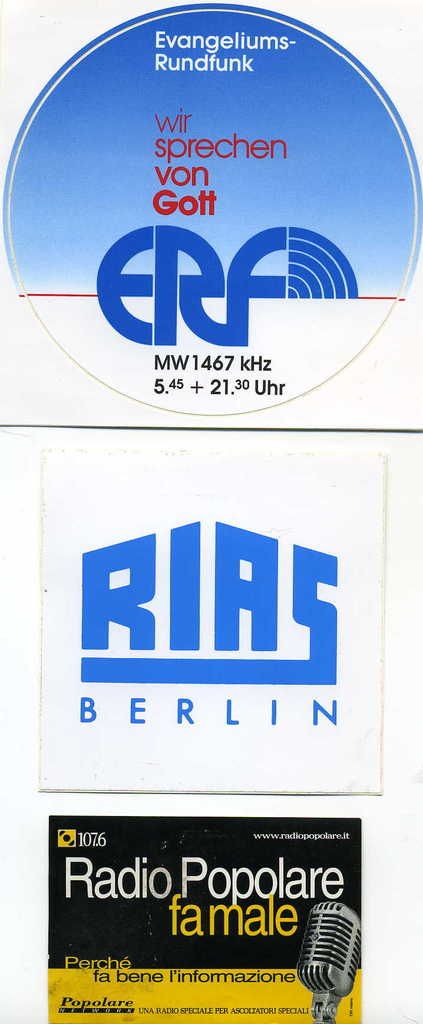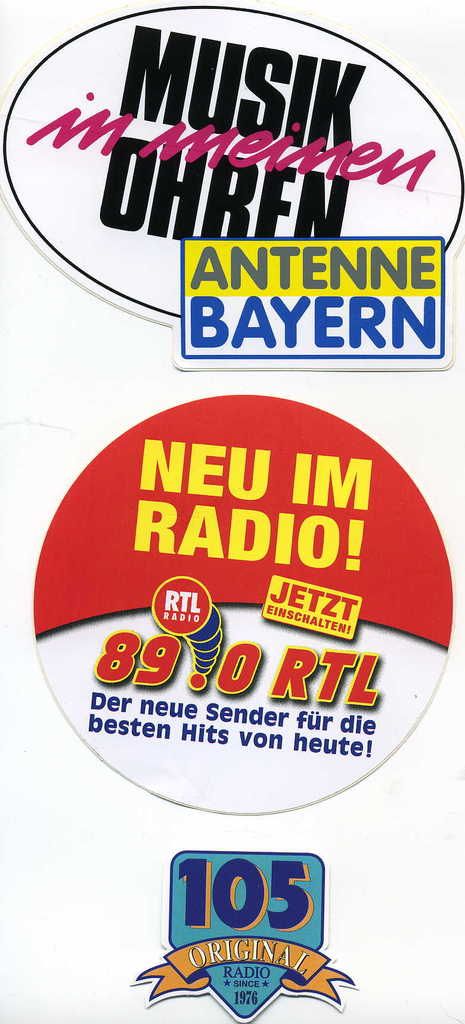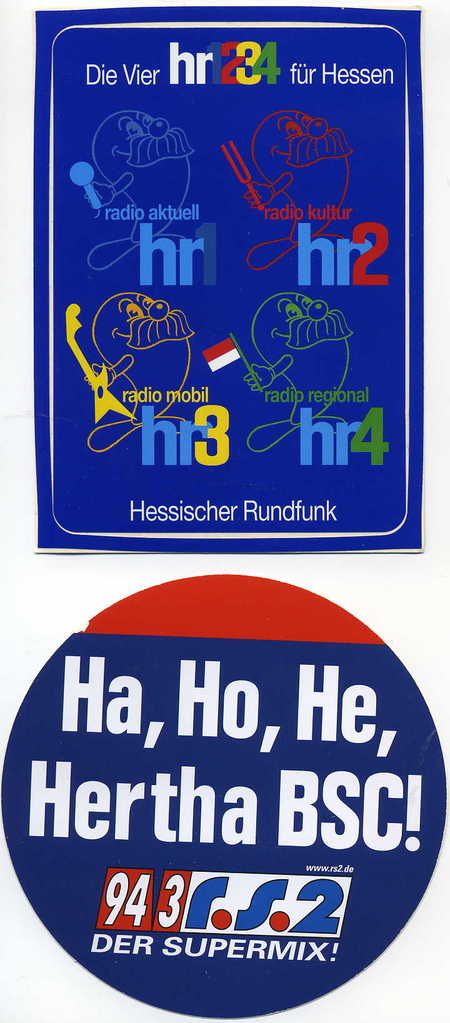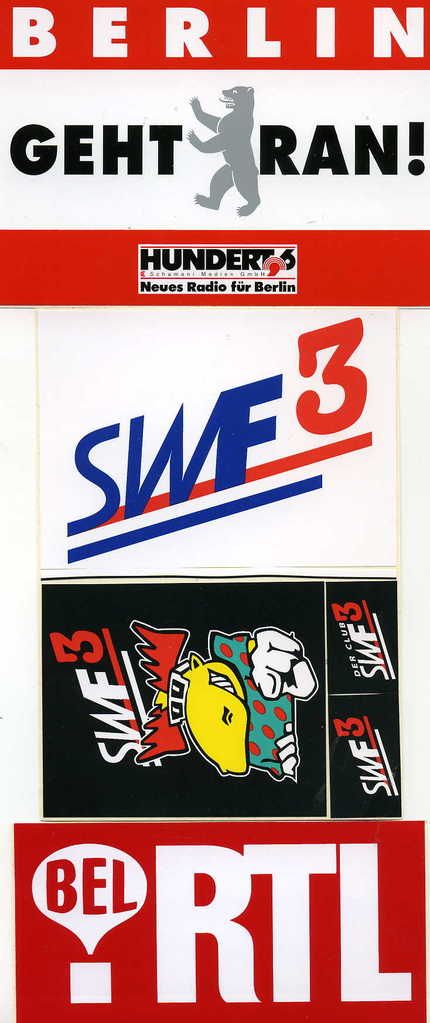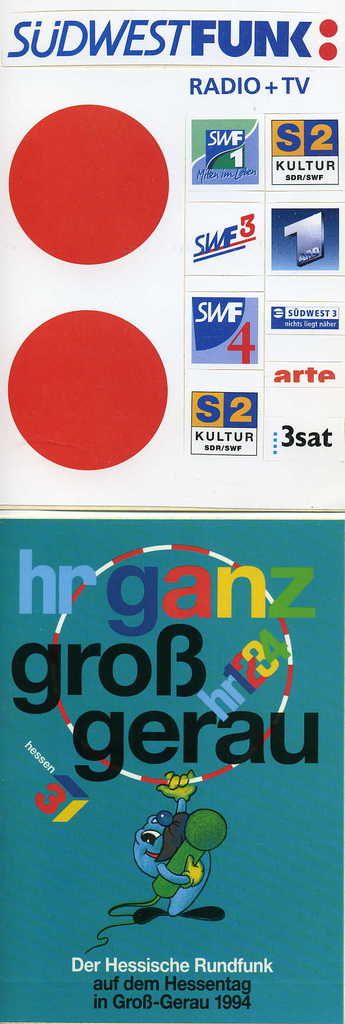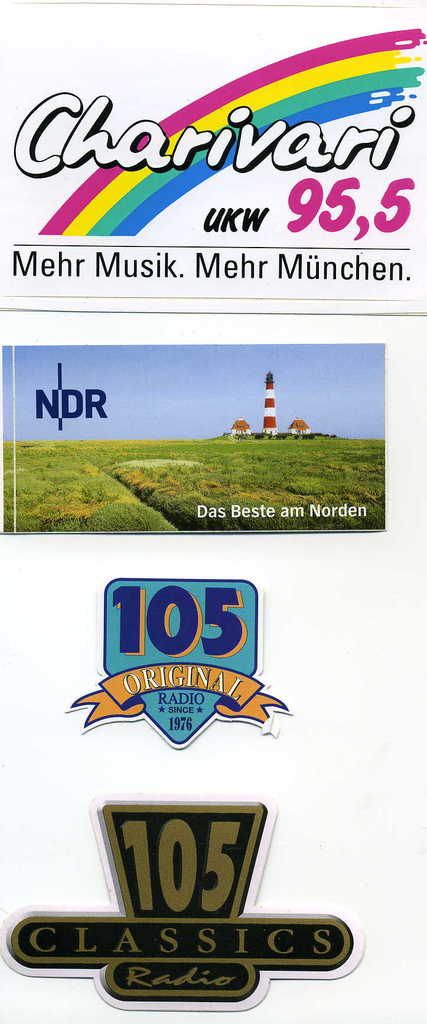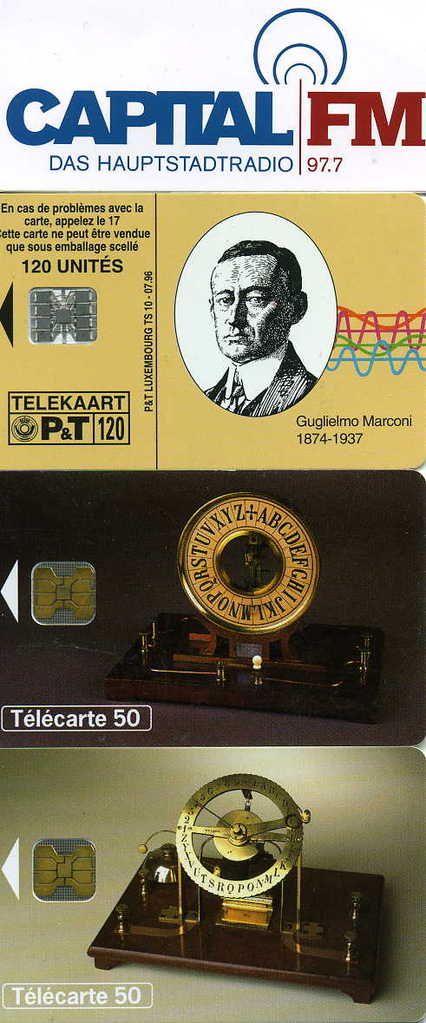Fifty years ago this week, a 35-year-old former passenger ferry was being equipped with a 165-foot radio mast in the tiny Irish port of Greenore, while its crew bought up the entire stock of a small record shop in nearby Dundalk and dozens of tins of baked beans from a local store. Within two weeks, the ship had sailed through stormy seas to take up an anchorage in international waters off the UK’s east coast. But the weather was nothing compared with the political storm that erupted on March 28, Easter Saturday in 1964, when the ship began broadcasting as Radio Caroline “Britain’s first all-day music station”.
It was the first of an armada of ‘pirate’ radio ships which broke open the BBC radio monopoly in the decade when everything seemed to change.
Radio Caroline would revolutionise the country’s broadcasting and usher in “The Swinging Sixties”, a golden period of international success for British music, fashion and media. It was the era of The Beatles, The Rolling Stones, The Who, James Bond, Twiggy, Michael Caine, Vidal Sassoon, Mary Quant, Tom Jones, David Frost, Carnaby Street, the Mini-Cooper – and Radio Caroline.
Until March 1964, the record-selling Beatles-led pop music which was thrilling the whole world was – for British teenagers – confined to a few hours on the State-owned BBC radio and fuzzy night-time broadcasts from RTL’s Radio Luxembourg in the tiny, landlocked European principality.
Then along came Radio Caroline, and the floodgates opened.
Experienced broadcasters from Australia and the US – and learn-as-you-go jocks from UK discos – rushed to join offshore stations whose booming audiences were turned on by the sheer novelty of pop radio. Millions of Brits loved everything from the amateurism and informality of some stations to the slick Top 40 formats and American jingles of others. And the inevitable storms, rough seas, drifting radio ships, lifeboats, and needles sliding across turntables added to the excitement.
But it had all begun quietly enough at midday on that Easter Saturday 50 years ago. A 23-year old Irishman Ronan O’Rahilly, in his best suit, was nervously trying to tune a bulky “portable” radio while journalists waited impatiently in the Cheshire Cheese pub on London’s Fleet Street. They had come to hear his promised new radio station. Hard-bitten reporters were muttering about whether the story of a radio ship was all “blarney” when the Irishman got excited and told them to listen.
As Radio Caroline finally crackled into life (repeatedly playing Ray Charles songs, as planned, so O’Rahilly could be sure of finding the station’s wavelength), the British media got its first taste of ’pirate’ radio – and of the young club manager and music plugger behind it.
It didn’t take journalists long to discover that O’Rahilly was better known in Ireland, as the grandson of Michael O’Rahilly who had been immortalised as The O’Rahilly in a poem by W.B.Yeats. He was a revolutionary hero who had been killed single-handedly charging a British machine gun post in Dublin’s 1914 Easter Rising,
It was a rebellion that led to the establishment of Ireland as an independent republic after centuries of hard-fought British colonial rule. Now, here was “The O’Rahilly’s” grandson, leading his own Easter Rising exactly 50 years later – against the British broadcasting establishment.
The smooth-talking Irishman regaled reporters with stories of how he had launched Radio Caroline in order to challenge the duopoly of record companies. Most UK records – in days when “singles” were the biggest earners for singers and musicians – came from EMI or Decca, two companies that had dominated electronics and entertainment in post-war Britain. The two companies even sponsored much of the airtime on those hazy evening broadcasts from Radio Luxembourg.
O’Rahilly said he was just trying to find a way to promote fledgling artistes like Georgie Fame and Alexis Korner, and a girlfriend had told him about Radio Veronica off the Netherlands. He said he had named Radio Caroline after the daughter of President Kennedy, assassinated four months earlier, although some colleagues suggested it was named after his actress girlfriend Caroline Maudling, daughter of the UK’s then Finance Minister. The neat story of the young entrepreneur “trying to give young people what they want” played well in the newspapers even if the real origins of Radio Caroline were slightly grittier.
The idea of a floating radio station was not new to Europe. There had been radio ships in Scandinavia since the 1950s and Radio Veronica had been anchored in the North Sea since 1960. But O’Rahilly’s plan for Radio Caroline was actually copied from Australian music publisher Allan Crawford’s proposal to launch Radio Atlanta. Crawford shared his plans with O’Rahilly who suggested the radio ship could be fitted out secretly at Greenore, the almost-deserted port owned by his industrialist father in the shadow of the Mountains of Mourne.
O’Rahilly even suggested his father might invest in Crawford’s proposed radio station. The Aussie duly handed over his mission-critical barrister’s opinion verifying the legal ‘safety’ of a radio ship broadcasting from outside UK territorial waters. Armed with this, O’Rahilly decided to launch his own radio station – and to get there first.
His first call was to a friend (and, later, novelist) Ian Ross whose father, Carl “Jimmy” Ross, had built the huge Ross fish and frozen food business in Lincolnshire (and was grandfather of David Ross, co-founder in the 1990s, of Carphone Warehouse Plc).
Jimmy Ross quickly agreed to support the project and also brought in a financier friend, John Sheffield. So, the young Irishman was able to get all the funding necessary for his radio ship in a few days, while Allan Crawford had spent almost 12 months lining up backers.
The reality dawned on Crawford when his ship reached Greenore in March 1964 – only to discover he had been beaten to it by another ship, O’Rahilly’s Radio Caroline.
It was the start of some less than friendly rivalry and sabotage which ensured that Caroline was the first ship ready to sail – and to start the radio revolution that Crawford had been planning for almost two years. But, within a few months, the two stations merged to become Radio Caroline South (off the East Coast) and Radio Caroline North (off the Isle of Man in the UK North West). O’Rahilly took control, amid Crawford’s complaints about being outdone by the Irish “mafia”.
The two radio ships were soon attracting more than 10 million listeners, and advertisers were piling in. Radio Caroline was joined by a whole fleet of offshore stations including: Radio London, Radio 270, Radio Scotland, Radio England, Britain Radio, Radio Essex, Radio City, Radio 390, Radio Invicta, and Radio Sutch. The broadcast waveband, which government ministers had once claimed was too crowded to permit any more radio channels, suddenly seemed a lot more flexible.
The UK government started what became a three-year war against the ‘pirates’, encouraged by the record companies which were privately offering to “jam” the offshore broadcasts to “protect” their music. For a time, the stations’ popularity kept the proposed legislation at bay. But, in August 1967, the government finally enacted a law banning Brits from supplying or being employed by offshore radio stations. A month after most of the stations promptly went off the air, the BBC launched its first all-day pop channel Radio One, with many of the DJs who had made their names on the radio ships. But it would be a full five years before the next government permitted land-based commercial radio stations for the first time.
So, the (mostly) delightful chaos of offshore ‘pirate’ radio actually lasted less than four years. But it provided post-war ‘baby boomer’ Brits with the musical soundtrack of the Swinging Sixties. Few of the stations were financially successful, but even this contributed to the romance of the ‘pirates’ and to the sense that it was more than a business. It was a short but momentous period from which sprang many of the broadcasters, media executives, music companies and artistes which were to dominate UK media for the next 25 years.
Beneath the froth, though, UK ‘pirate’ radio was a rich story of drama, comedy and tragedy. It may be best illustrated by seven diverse characters:
SOURCE:
http://www.flashesandflames.com/2014/03/how-a-radio-ship-and-7-men-shook-up-britain-50-years-ago/



